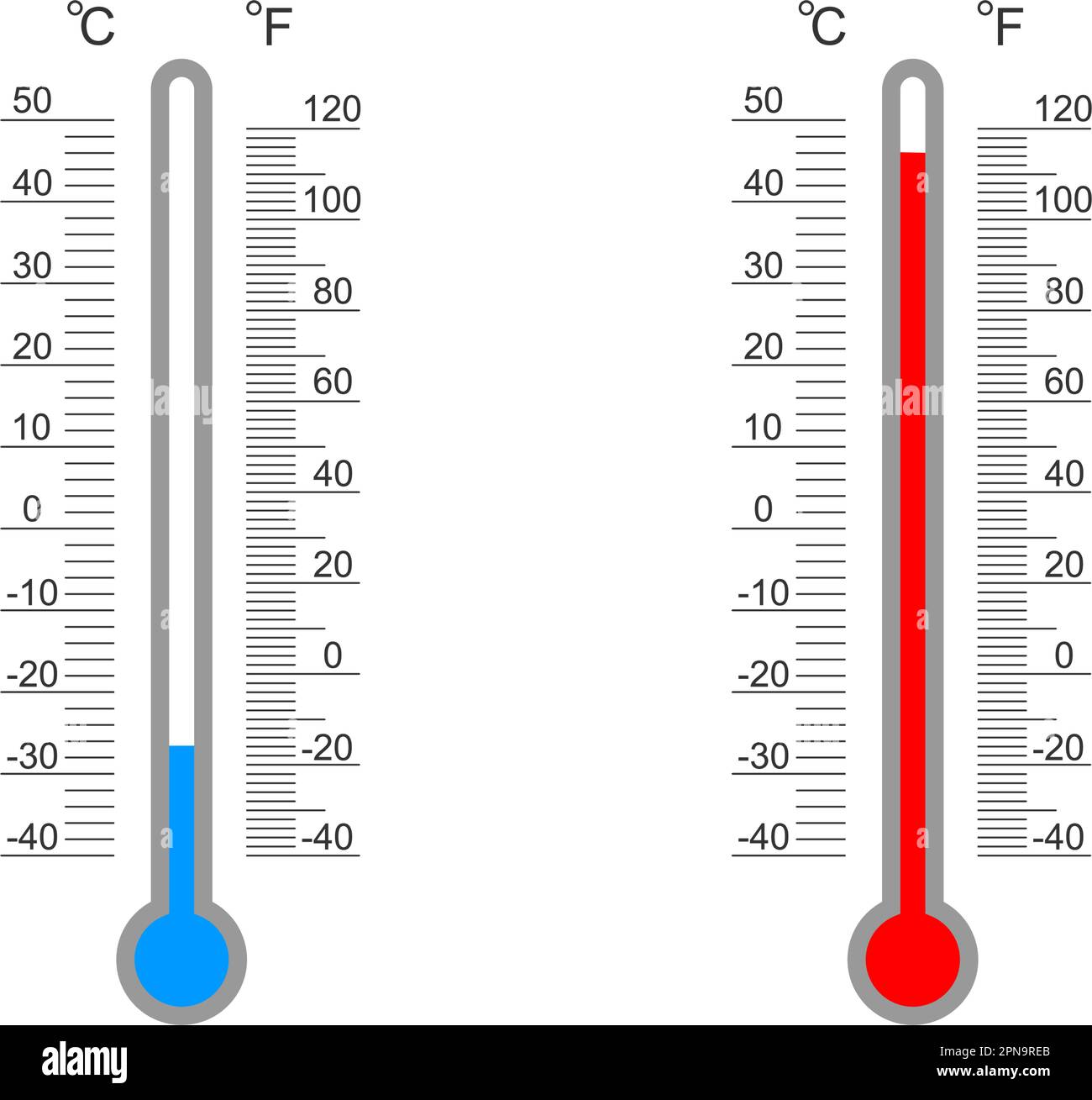Degree of Temperature: Understanding the Units of Heat Measurement is crucial for comprehending the quantification of thermal energy. The accurate measurement of temperature is vital in numerous scientific, industrial, and everyday applications, requiring a standardized system of units.
Editor's Notes: "Degree of Temperature: Understanding the Units of Heat Measurement" has been published today to provide a comprehensive understanding of temperature measurement units, enabling readers to make informed decisions in various fields.
After extensive analysis and research, this Degree of Temperature: Understanding the Units of Heat Measurement guide has been meticulously crafted to support decision-making.
Key Differences: Temperature Measurement Units
| Unit | Symbol | Freezing Point of Water | Boiling Point of Water |
|---|---|---|---|
| Celsius | °C | 0°C | 100°C |
| Fahrenheit | °F | 32°F | 212°F |
| Kelvin | K | 273.15K | 373.15K |
Understanding the Units of Temperature Measurement

Temperature — Units & Measurement - Expii - Source www.expii.com
FAQ
This FAQ section provides comprehensive answers to frequently asked questions regarding the measurement of temperature. The concepts of temperature, its units, and the conversion between different units of temperature are explained in detail.
/GettyImages-1215824624-e2c744d9f36c4fdcaabb3bf738159788.jpg)
What Is Normal Body Temperature? Range, Measurement, More - Source www.verywellhealth.com
Question 1: What is temperature?
Temperature is a measure of the average kinetic energy of atoms or molecules in a substance. It represents the degree of hotness or coldness of an object.
Question 2: What are the most common units of temperature and their abbreviations?
The most common units of temperature are:
- Celsius (°C)
- Fahrenheit (°F)
- Kelvin (K)
Question 3: How are Celsius and Fahrenheit scales related?Degree Of Temperature: Understanding The Units Of Heat Measurement
The Celsius and Fahrenheit scales are related by the following formula:
°F = (°C × 9/5) + 32
Question 4: Which unit of temperature is used in the scientific community?
The Kelvin scale is the unit of temperature used in the scientific community. It is based on the absolute zero, which is the temperature at which all atomic motion ceases.
Question 5: How can I convert a temperature from one unit to another?
To convert a temperature from one unit to another, you can use the following formulas:
°C = (°F - 32) × 5/9
K = °C + 273.15
°F = K × 9/5 - 459.67
Question 6: What is the difference between heat and temperature?
Heat is the transfer of thermal energy, while temperature measures the intensity of heat. Heat can flow from a hotter object to a colder object, causing the temperature of the colder object to increase.
These commonly asked questions and answers provide a solid foundation for understanding temperature measurements and the interconversion between different temperature units. For further exploration, refer to the comprehensive article on Degree Of Temperature: Understanding The Units Of Heat Measurement
Tips by "Degree Of Temperature: Understanding The Units Of Heat Measurement"
Understanding temperature units is crucial for various scientific and practical applications. Here are some tips to enhance your comprehension of temperature scales and their conversions:
Tip 1:

Likert scale: How to use the popular survey rating scale | Culture Amp - Source www.cultureamp.com
Familiarize yourself with the different temperature units: Celsius, Fahrenheit, and Kelvin. Each unit represents a scale defining the freezing and boiling points of water.
Tip 2:
Understand the conversion formulas:
- Celsius to Fahrenheit: °F = (°C × 9/5) + 32
- Fahrenheit to Celsius: °C = (°F - 32) × 5/9
- Kelvin to Fahrenheit: °F = (K - 273.15) × 9/5 + 32
- Fahrenheit to Kelvin: K = (°F - 32) × 5/9 + 273.15
Tip 3:
Note that the Kelvin scale, an absolute temperature scale, starts at absolute zero (-273.15 °C). Absolute zero is the theoretical point where all molecular motion ceases.
Tip 4:
Remember the reference points for each scale:
- Celsius: 0 °C (freezing point of water) and 100 °C (boiling point of water)
- Fahrenheit: 32 °F (freezing point of water) and 212 °F (boiling point of water)
- Kelvin: 273.15 K (freezing point of water) and 373.15 K (boiling point of water)
Tip 5:
Practice conversions between different temperature units to improve your understanding and accuracy.
These tips will help you comprehend and work with temperature units efficiently. Understanding temperature units is essential for tasks such as weather forecasting, scientific experiments, and engineering applications.
Degree Of Temperature: Understanding The Units Of Heat Measurement
Accurate temperature measurement is critical in various scientific and industrial applications. Understanding the different units of heat measurement is essential for precise and consistent temperature readings.
- Celsius: Common scale used in most countries, with 0°C as freezing point and 100°C as boiling point of water.
- Fahrenheit: Used primarily in the US, with 32°F as freezing point and 212°F as boiling point of water.
- Kelvin: Absolute temperature scale, with 0K as absolute zero and 273.15K as freezing point of water.
- Rankine: Absolute temperature scale used in engineering, with 491.67°R as freezing point and 671.67°R as boiling point of water.
- Delisle: Historic scale used in Russia, with 150°D as freezing point and 0°D as boiling point of water.
- Réaumur: Historic scale used in parts of Europe, with 0°Ré as freezing point and 80°Ré as boiling point of water.
The choice of temperature unit depends on the application and regional conventions. Conversion between units is essential for accurate data interpretation and comparison. Understanding the different units of heat measurement empowers scientists, engineers, and technicians to make informed decisions and enhance the precision of their work.

Temperature Isolated Heat Measurement Vector, Isolated, Heat - Source pngtree.com
Degree Of Temperature: Understanding The Units Of Heat Measurement
Temperature is a fundamental physical property that measures the average kinetic energy of the particles in a substance. The degree of temperature is an important concept in many scientific fields, including chemistry, physics, and biology. In everyday life, we often use temperature to measure the warmth or coldness of objects, such as the temperature of a room or the temperature of our bodies.

Celsius and Fahrenheit meteorological thermometer degree scales with - Source www.alamy.com
There are many different units of temperature that are used around the world. The most common unit of temperature is the degree Celsius (°C), which is based on the freezing and boiling points of water. Other common units of temperature include the degree Fahrenheit (°F) and the Kelvin (K). The Kelvin is the SI unit of temperature, and it is based on absolute zero, which is the coldest temperature that is theoretically possible.
The degree of temperature is an important concept because it can be used to measure the heat content of a substance. Heat is a form of energy that is transferred from one object to another due to a difference in temperature. The amount of heat that is transferred is proportional to the difference in temperature between the two objects. The degree of temperature can also be used to measure the rate of chemical reactions. The rate of a chemical reaction is often proportional to the temperature of the reactants.
The degree of temperature is a fundamental physical property that has many important applications in science and everyday life. By understanding the different units of temperature and how they are used, we can better understand the world around us.
Table of Temperature Units
| Unit | Symbol | Freezing Point of Water | Boiling Point of Water |
|---|---|---|---|
| Degree Celsius | °C | 0 °C | 100 °C |
| Degree Fahrenheit | °F | 32 °F | 212 °F |
| Kelvin | K | 273.15 K | 373.15 K |
Conclusion
Temperature is a fundamental property of matter, and the degree of temperature is an important concept that has many applications in science and everyday life. By understanding the different units of temperature and how they are used, we can better understand the world around us.
The degree of temperature is a key factor in many physical processes, such as the rate of chemical reactions and the transfer of heat. By understanding the degree of temperature, we can better understand and control these processes.
